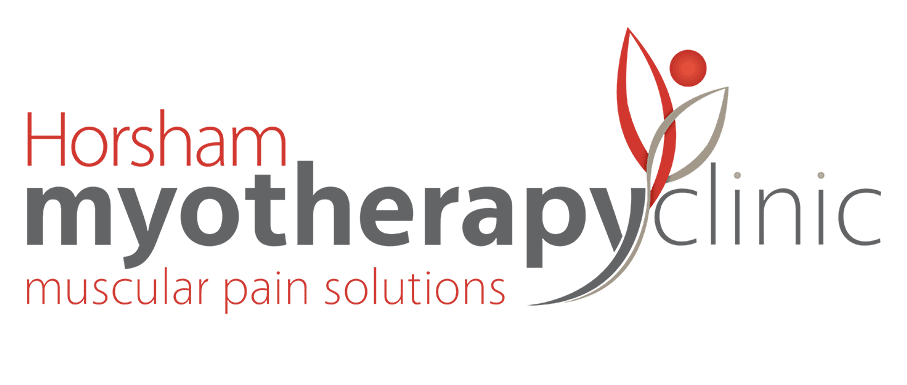Forward Head, Rounded Shoulders, Postural Dysfunction, Tension Headaches and Neuropathy.
What is it and what does this mean?
Rounded Shoulders and poor posture are common complaints that many clients present with in clinic. Here we’ll be taking a closer look at what practitioners refer to as “Upper Cross”, a postural dysfunction that is characterised by over and under active muscles in the neck, shoulders, and chest.
Those most susceptible are: Students, office workers & anyone who spends a lot of time sitting, particularly in front of a screen (Hmmm, who doesn’t these days. Right?!?)
If left untreated, the tension in the tissues can cause referral pain into the head or inhibit nerves leading to tingling and weakness in the fingers. This is on top of the usual aches and pains one experiences from tight muscles and compressed joints.
Some signs that you might have Upper Cross are:
- Forward Head Position
- Rounded or “hunched” back
- Forward and/or elevated shoulders
- Shoulder blades “stick out” and not flat against the rib cage
This is ME… How Long Will I Be Sore For?
Fortunately, most symptoms of Upper Cross can be addressed and alleviated during an appointment with a Remedial or Myotherapist. Many clients report instant relief through a combination of soft-tissue manipulation and trigger-point therapy.
Having said this, symptoms are likely to re-appear without on-going preventative measures such as:
- Postural awareness and education
- Stretching over active muscles at regular intervals
- Strengthening the under active muscles
The time it takes for symptoms to re-emerge comes down to a number of factors like how long you’ve had symptoms prior to treatment, the severity of your symptoms, if your corrective program is suited to the level of load your muscles are under, and if the program is being practiced diligently.
Corrective Exercises for Rounded Shoulders
The key to good posture and avoiding Upper Cross is education and being aware of what your posture is doing when you’re seated for extended periods of time. For tips, check out Kate’s informative “Posture Power” video!
Once you’re aware of what ideal posture feels like, we can work on re-balancing your affected muscles by loosening what’s tight and strengthening what’s weak. In short, the treatment and prevention of Rounded Shoulders is possible with a multi-pronged approach of the following in addition to manual therapy:
- Postural Awareness.
- Stretching the neck and upper chest muscles.
- Strengthening the shoulder and muscles of the upper back.
To book in for your postural assessment, Remedial Massage and management plan click HERE
